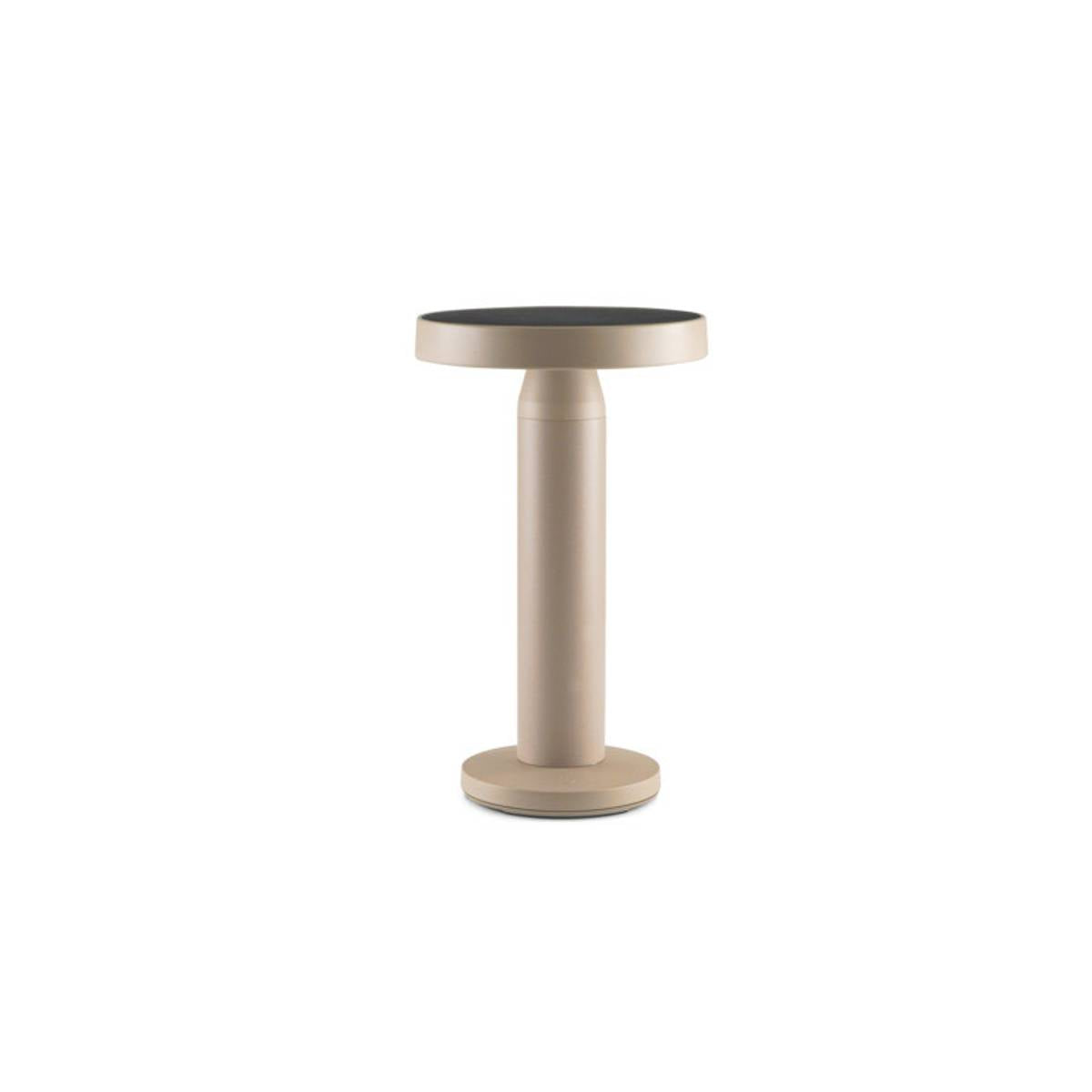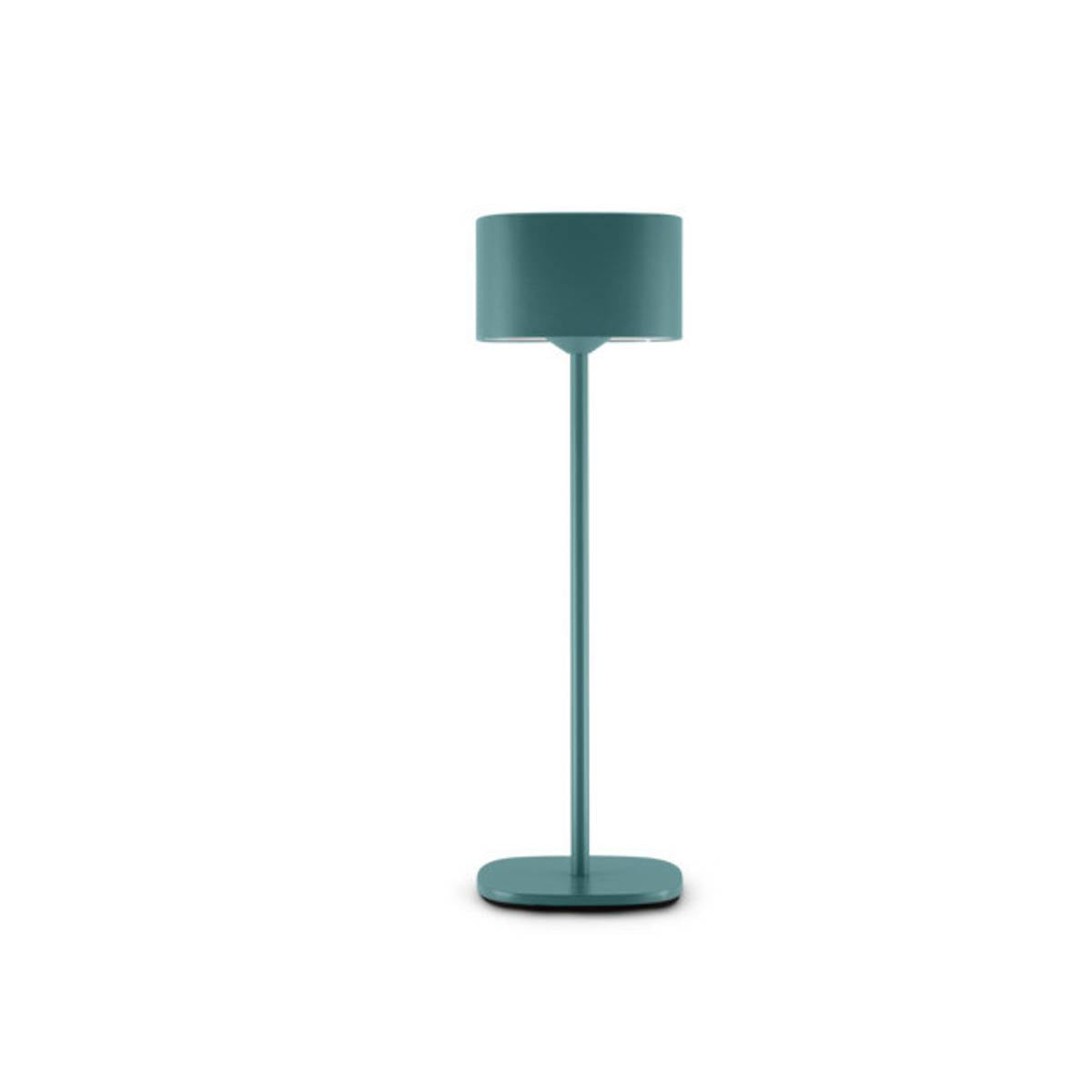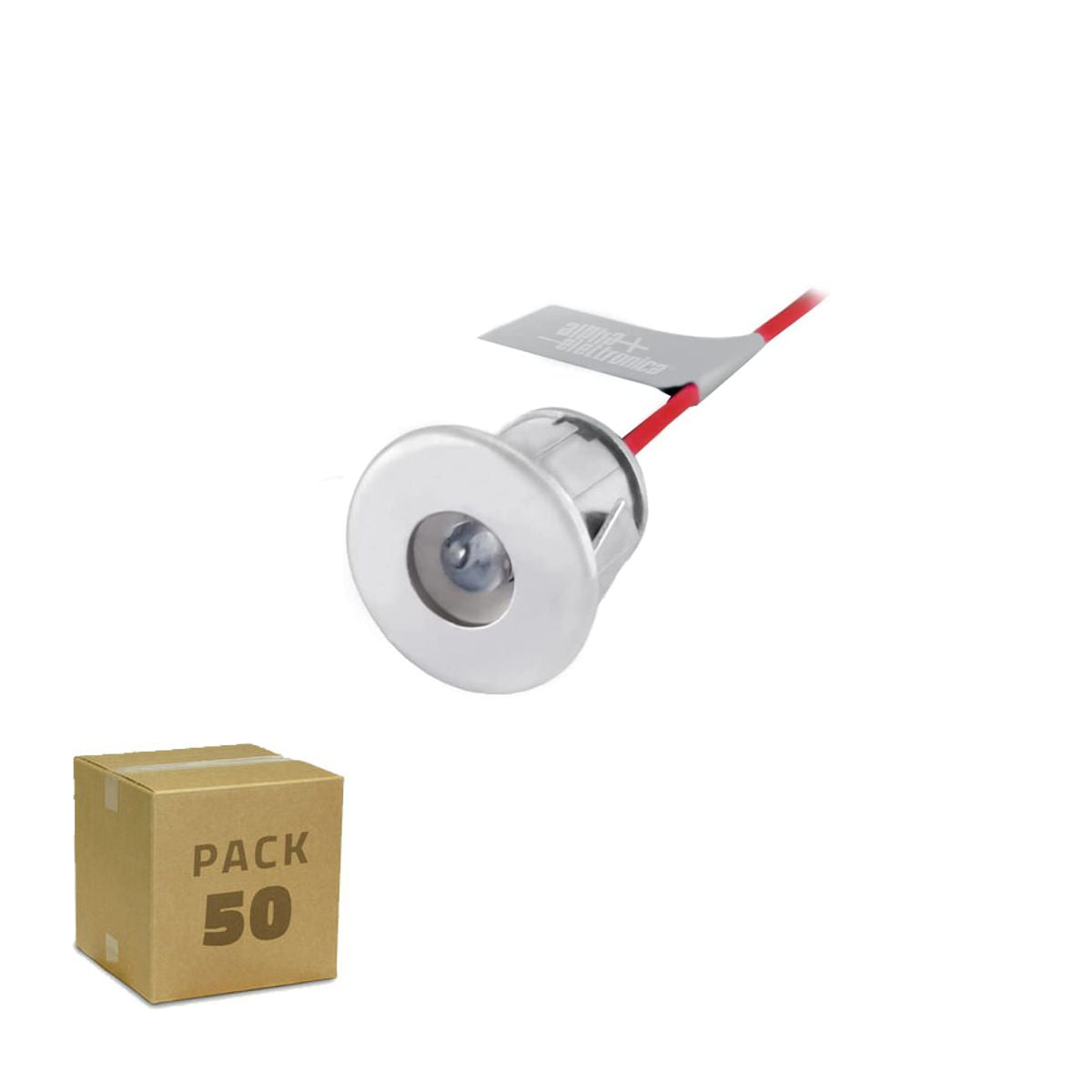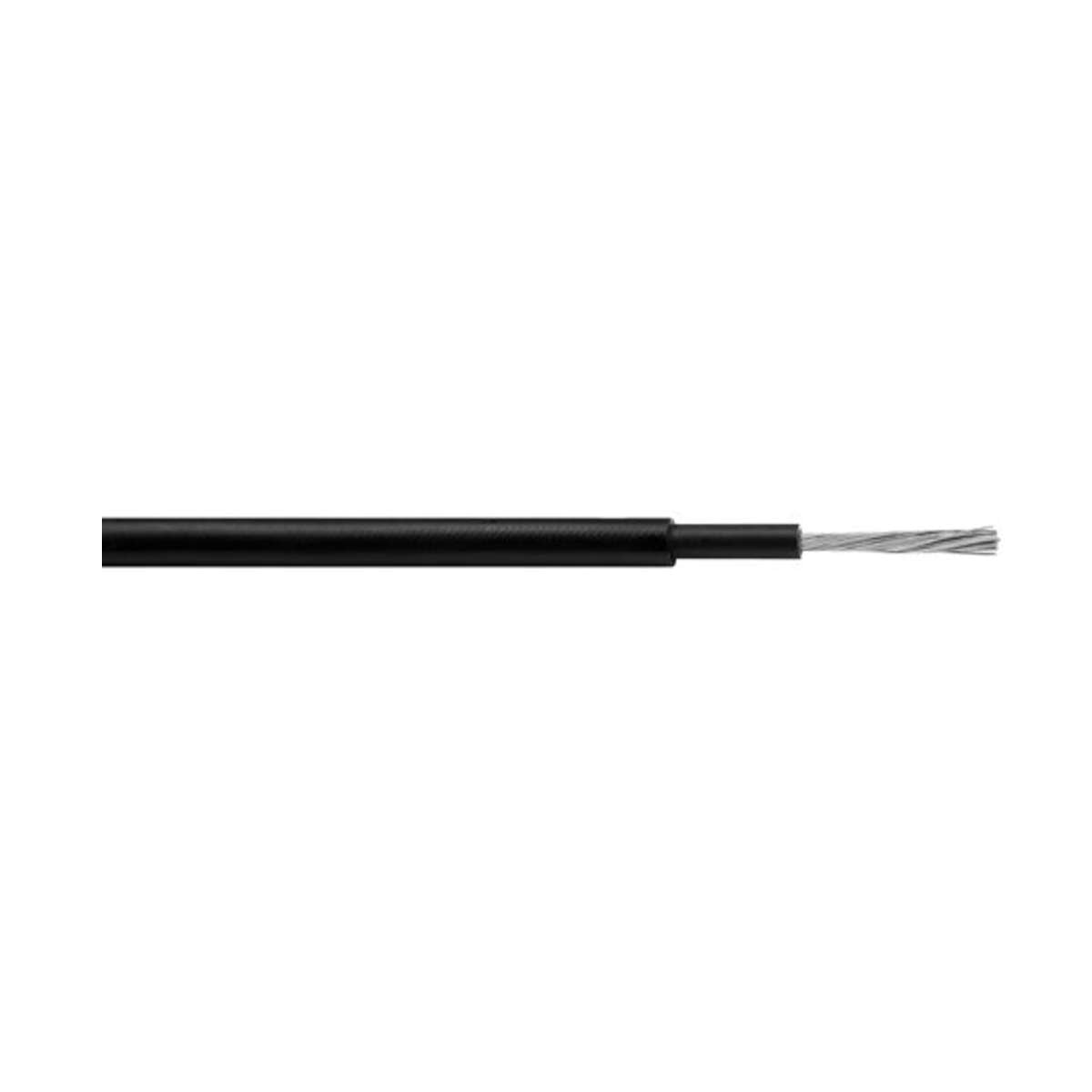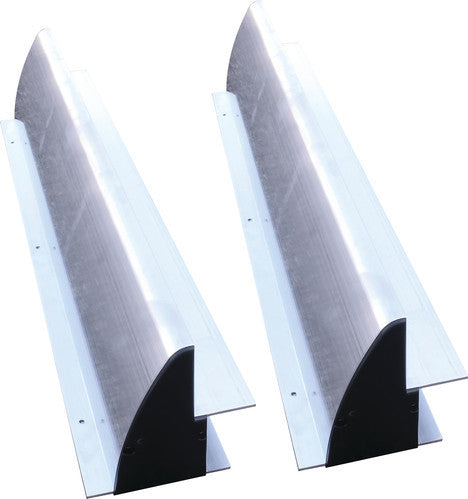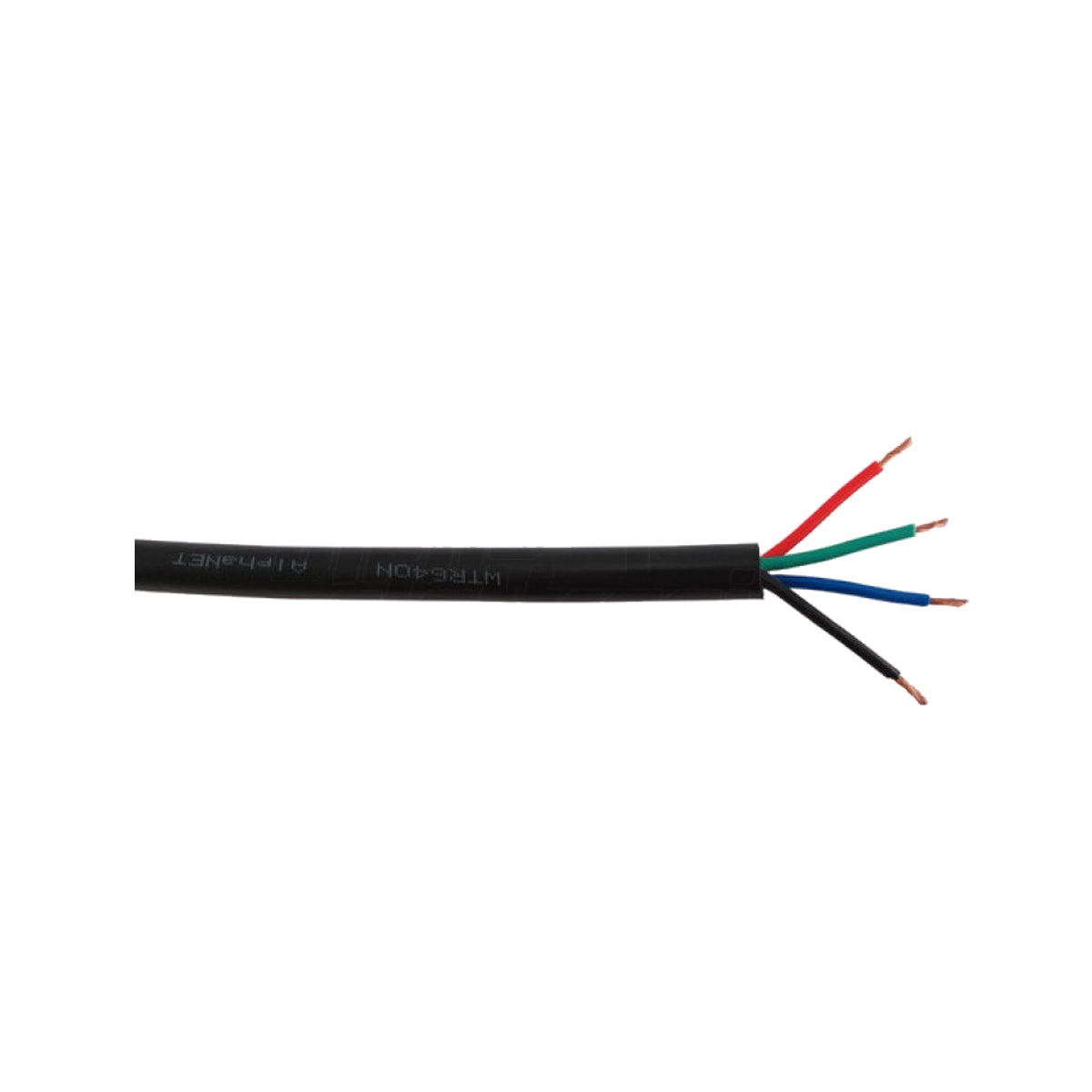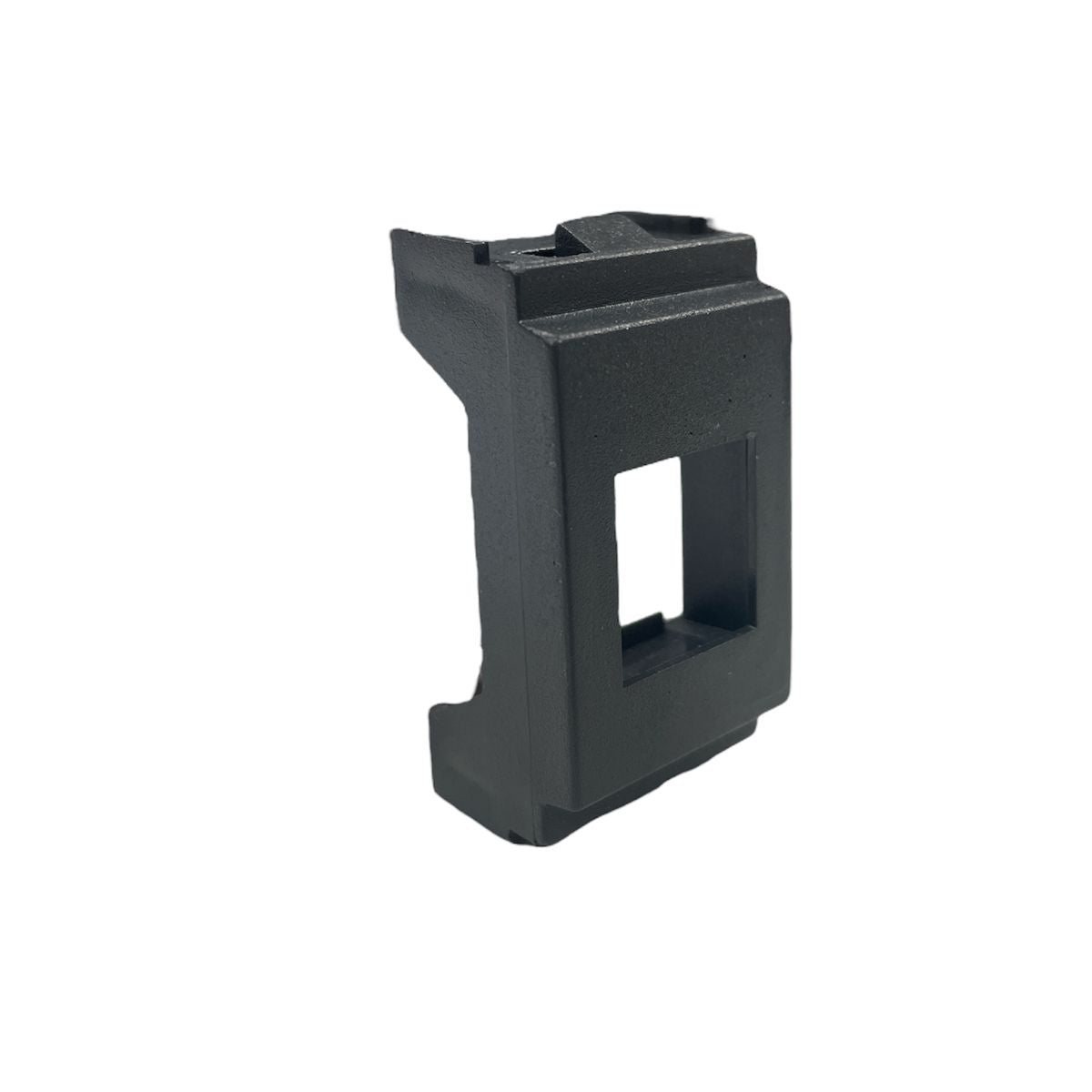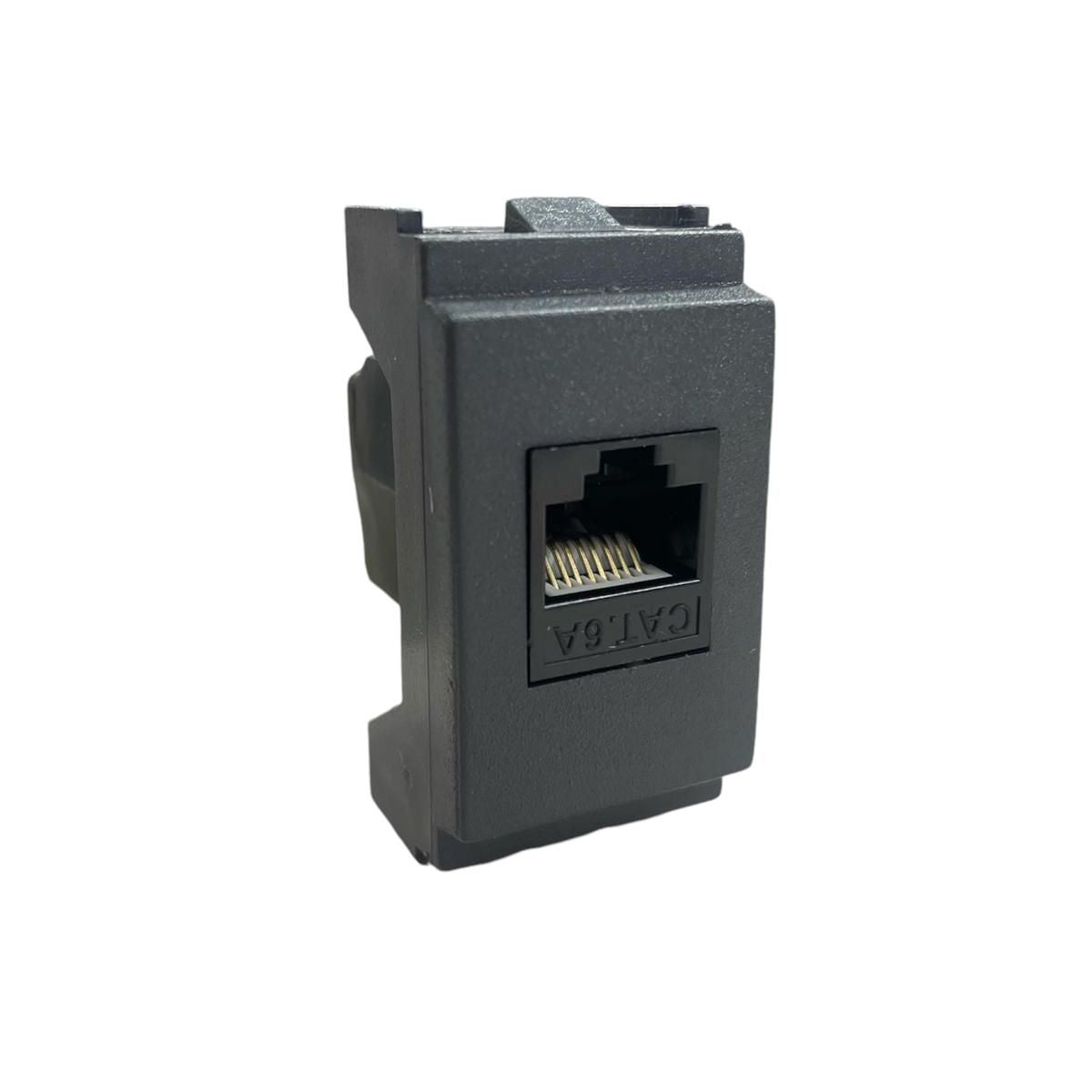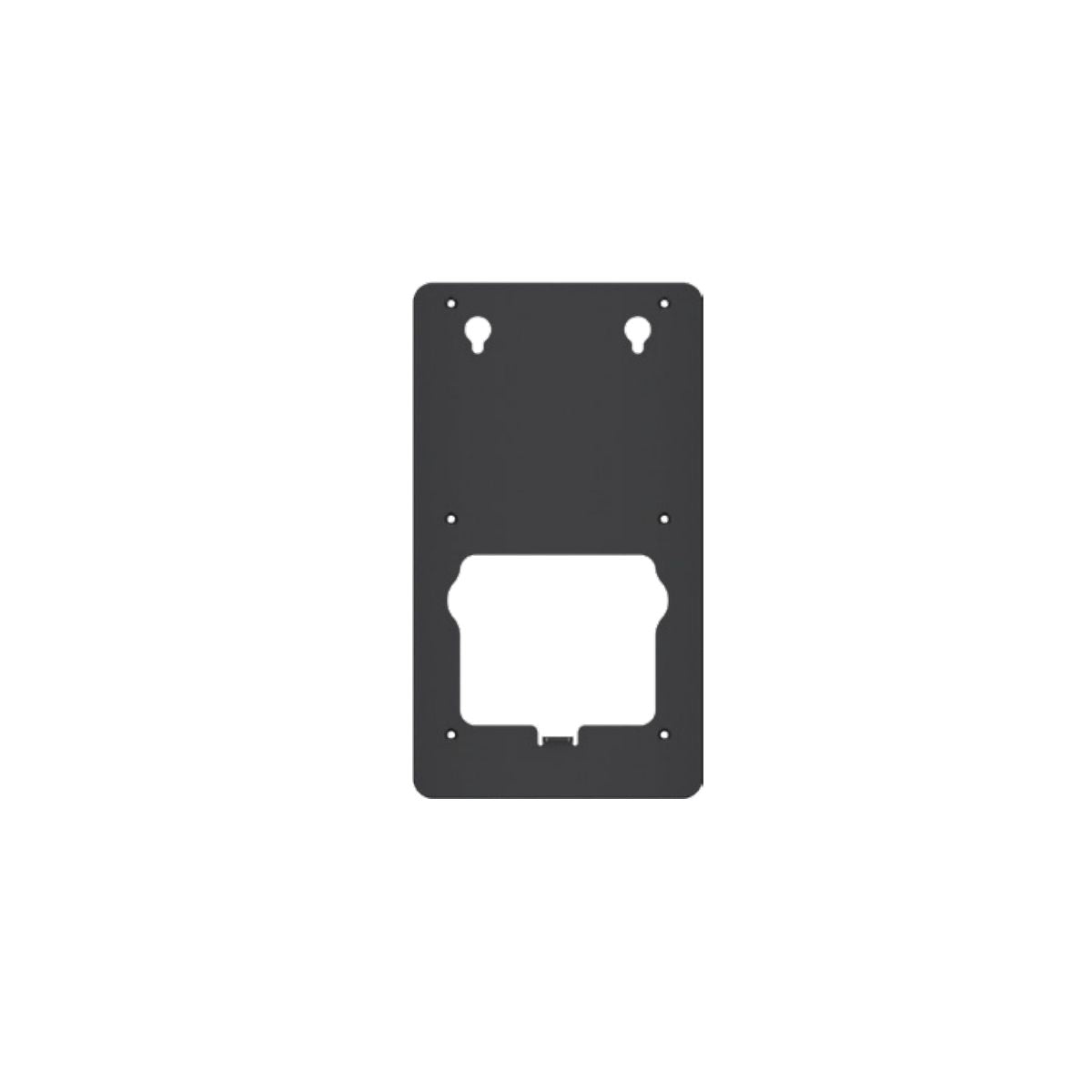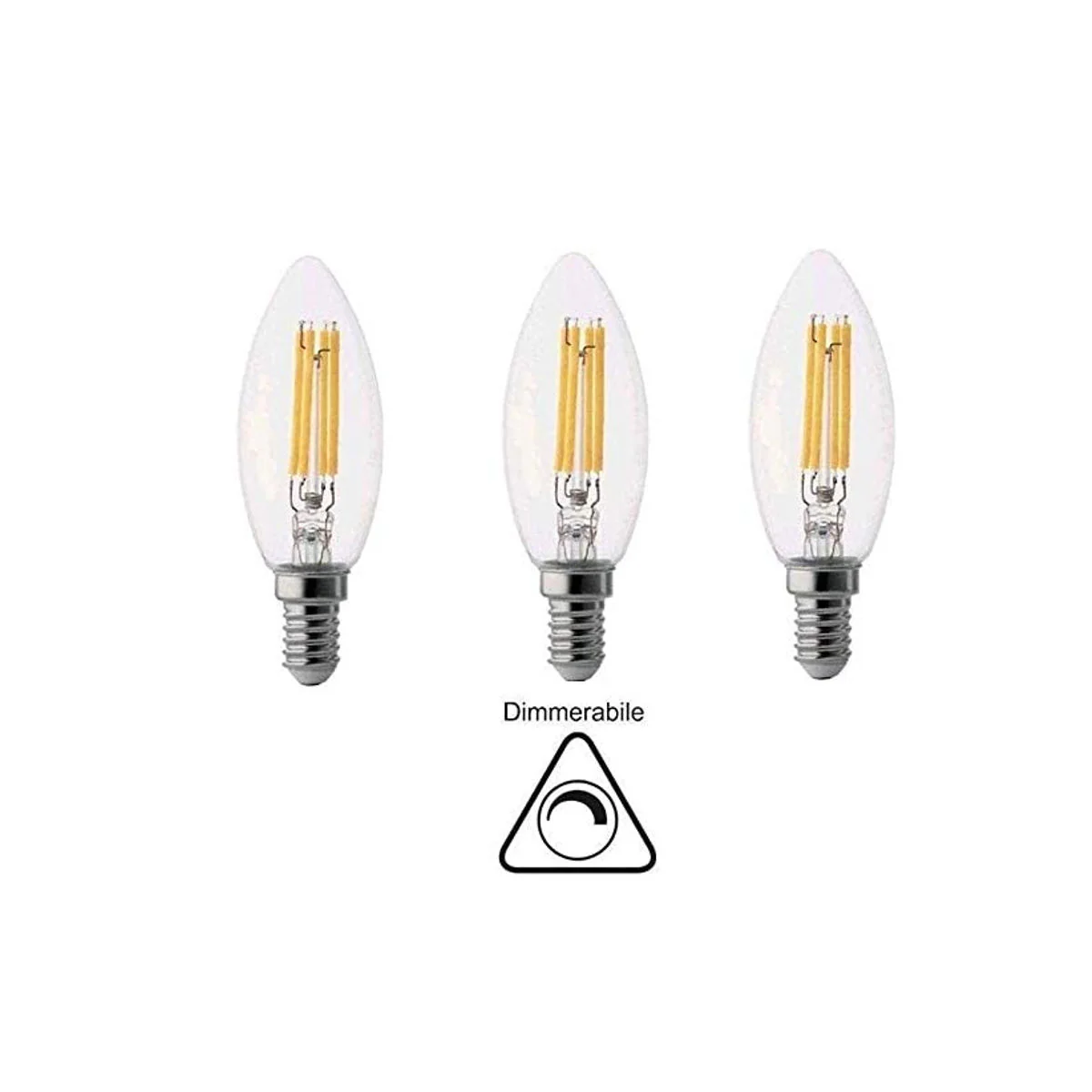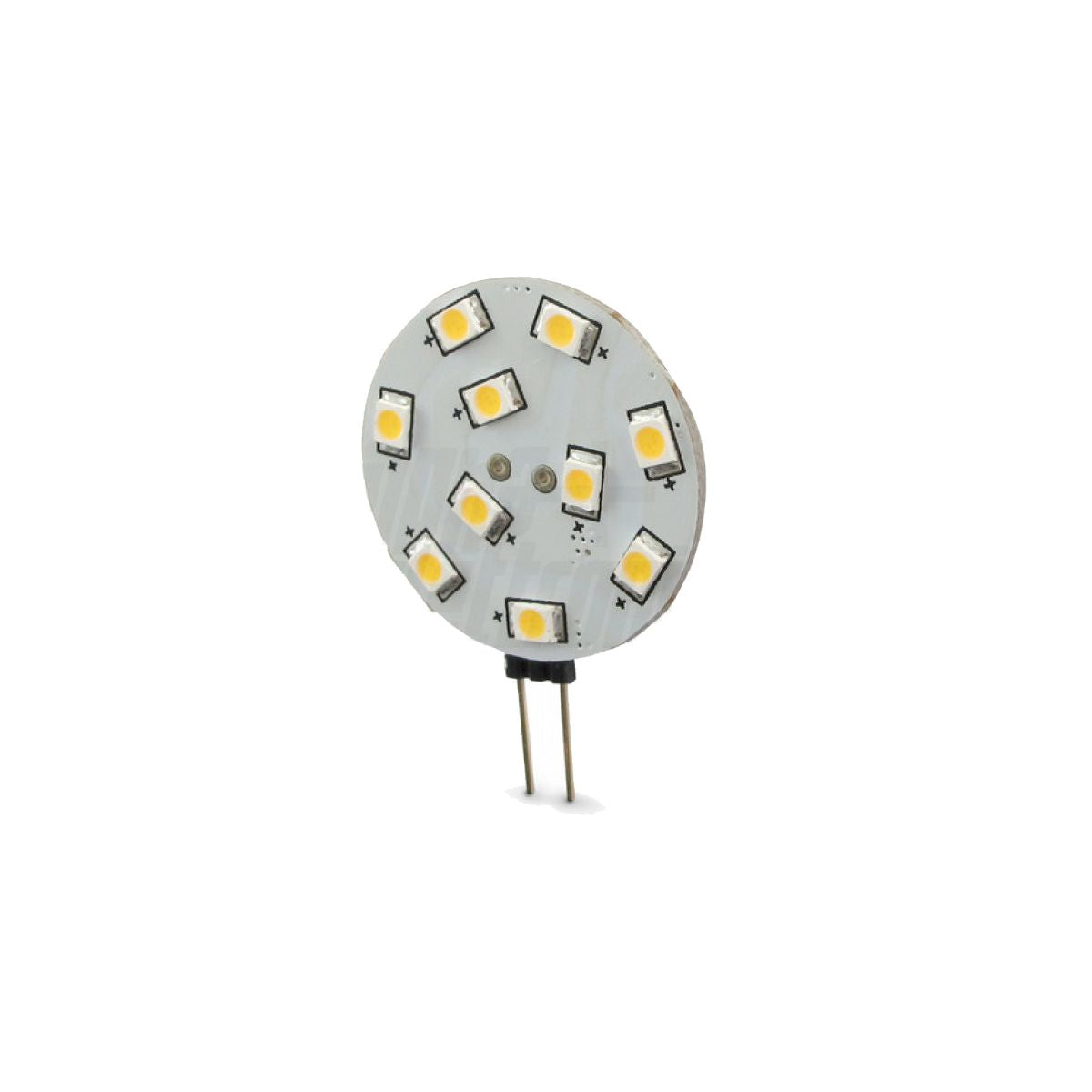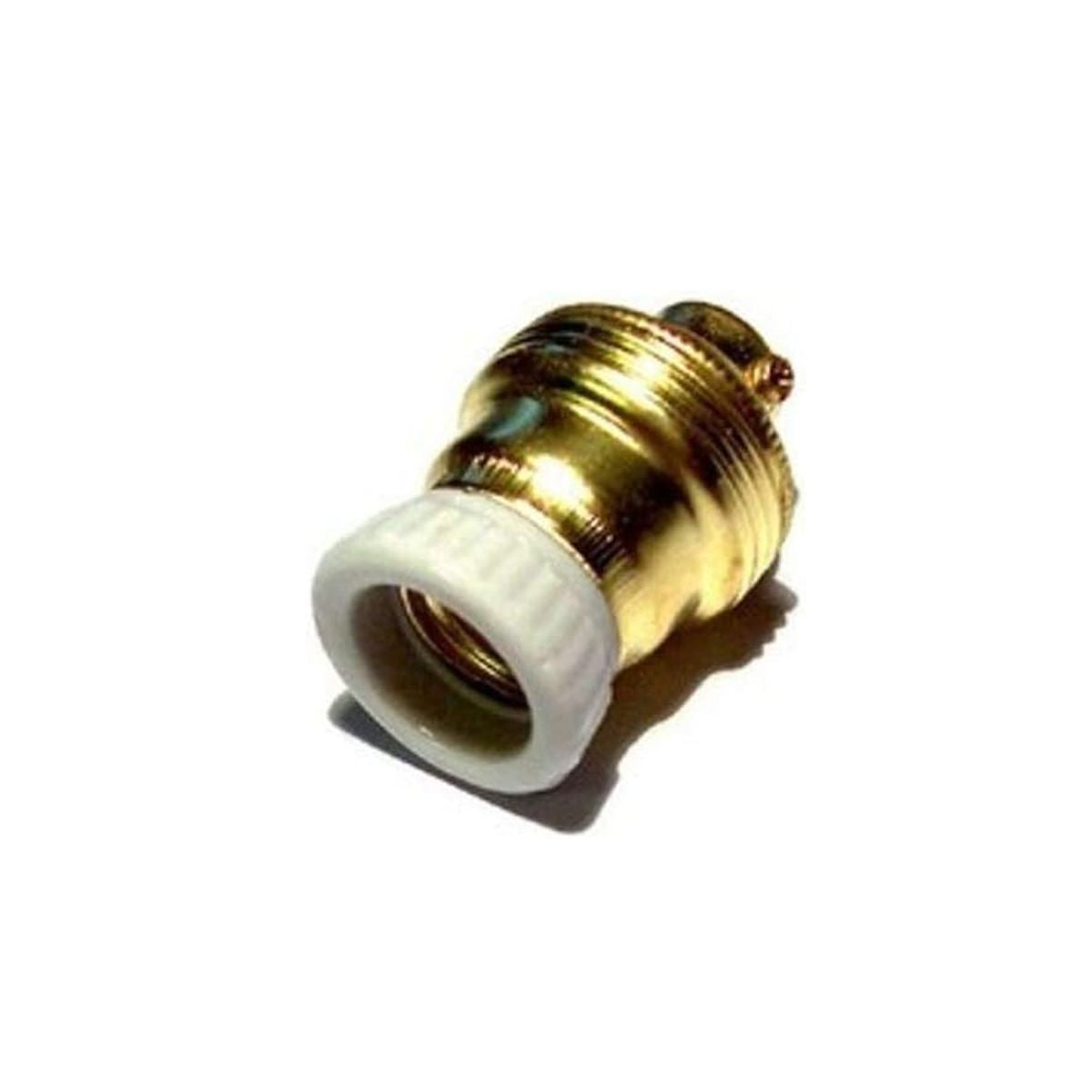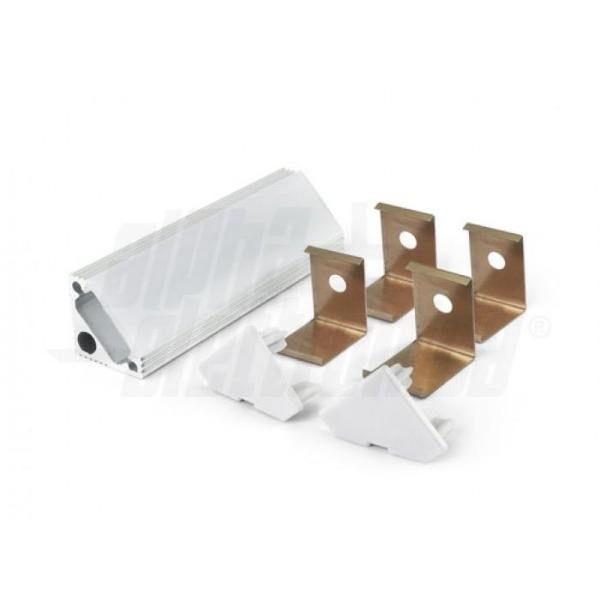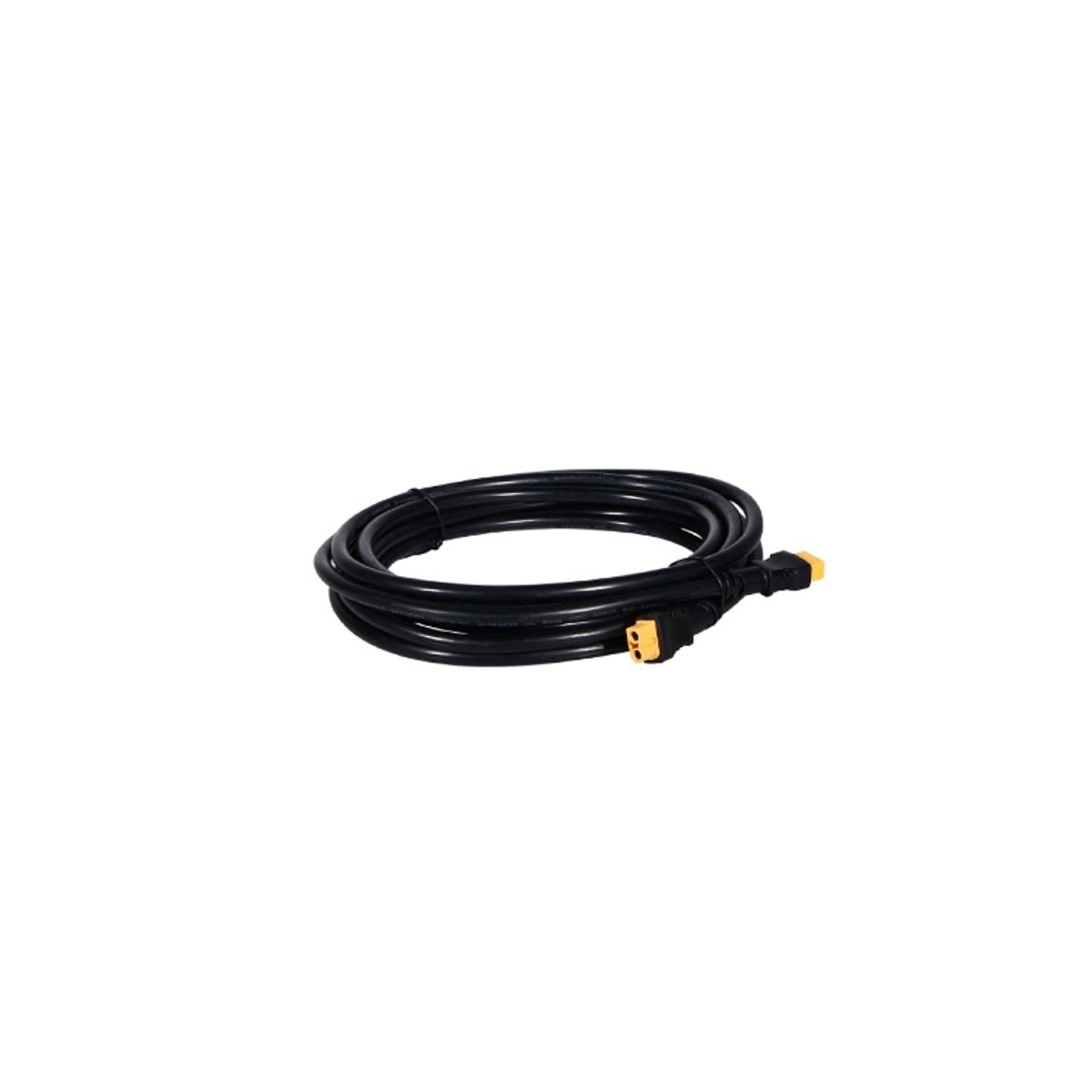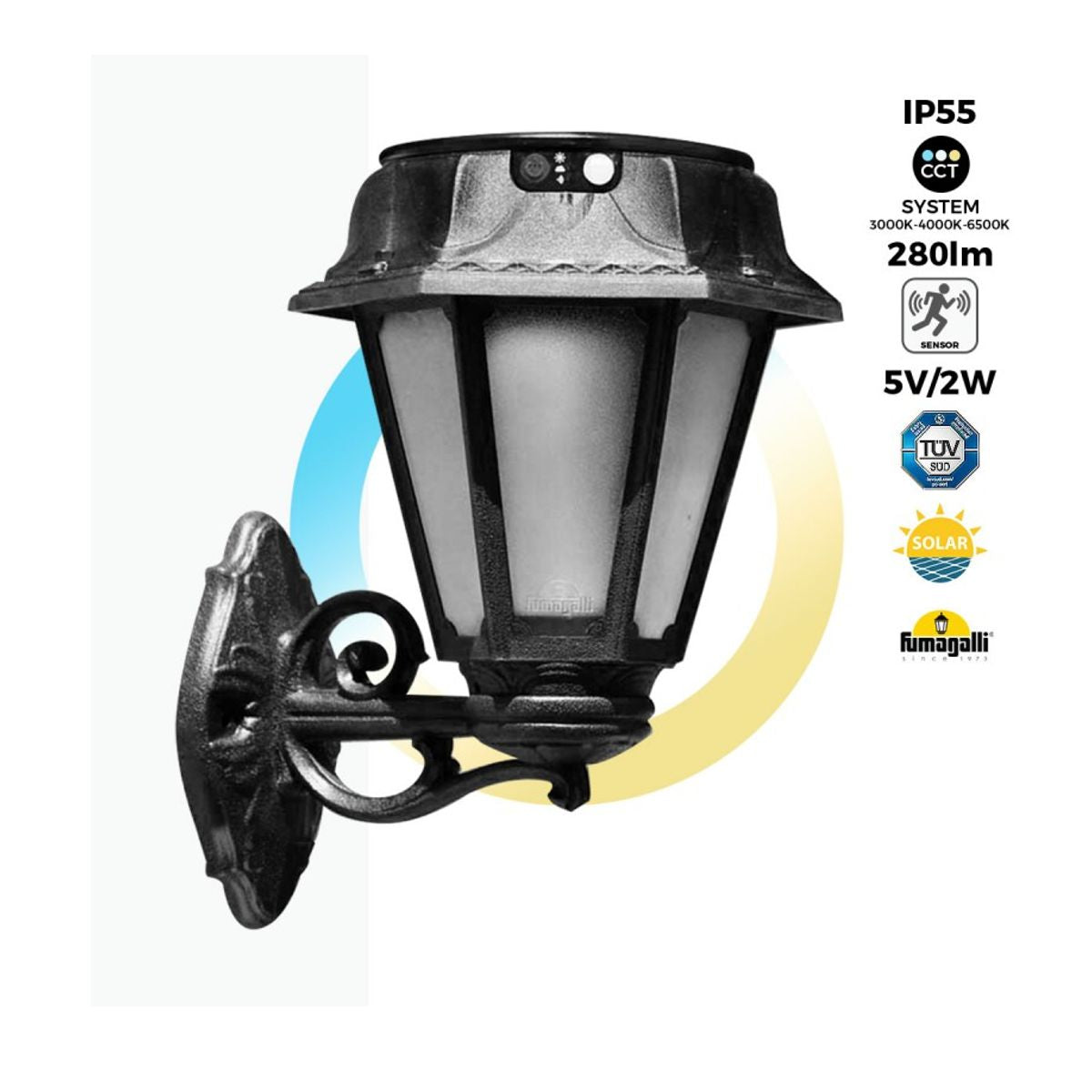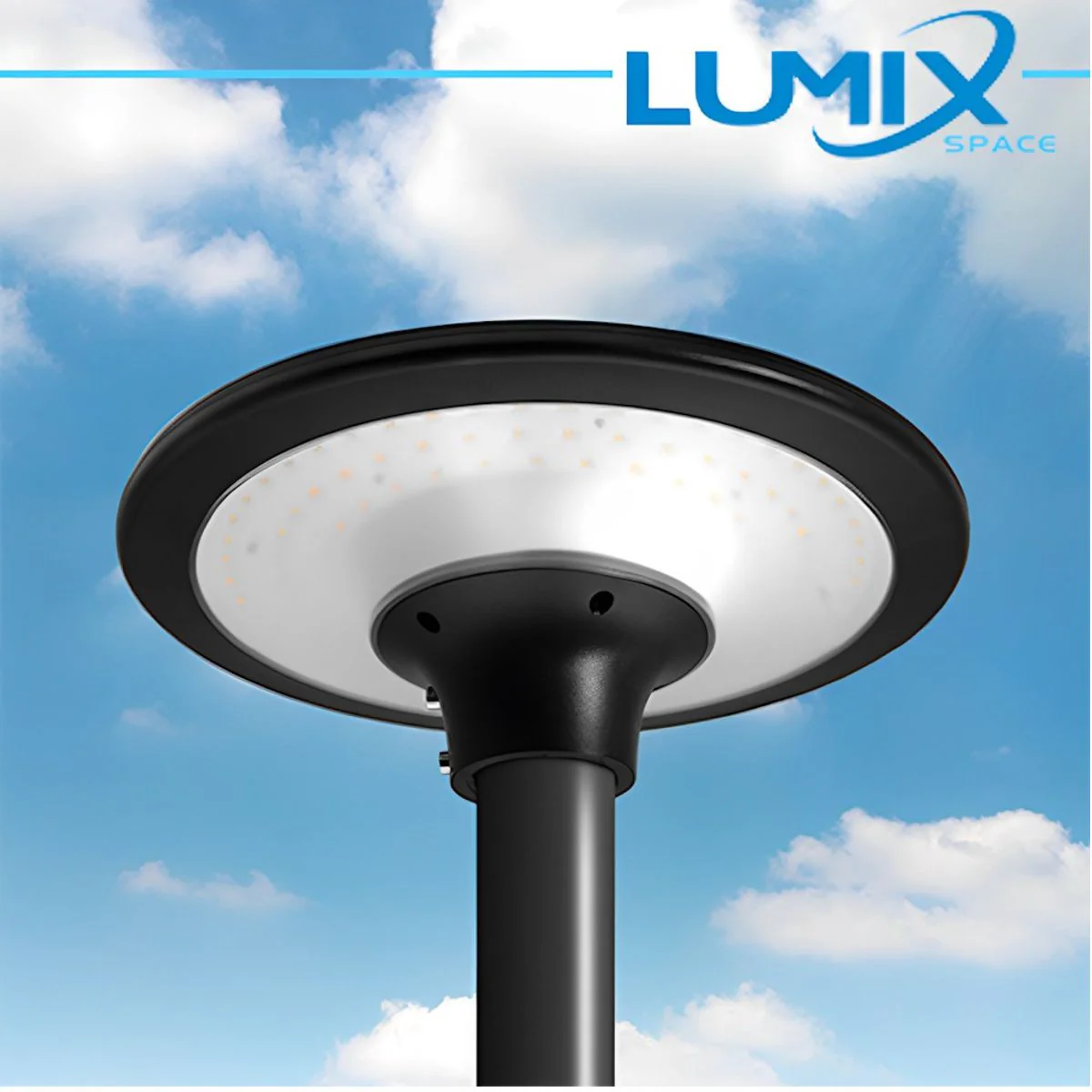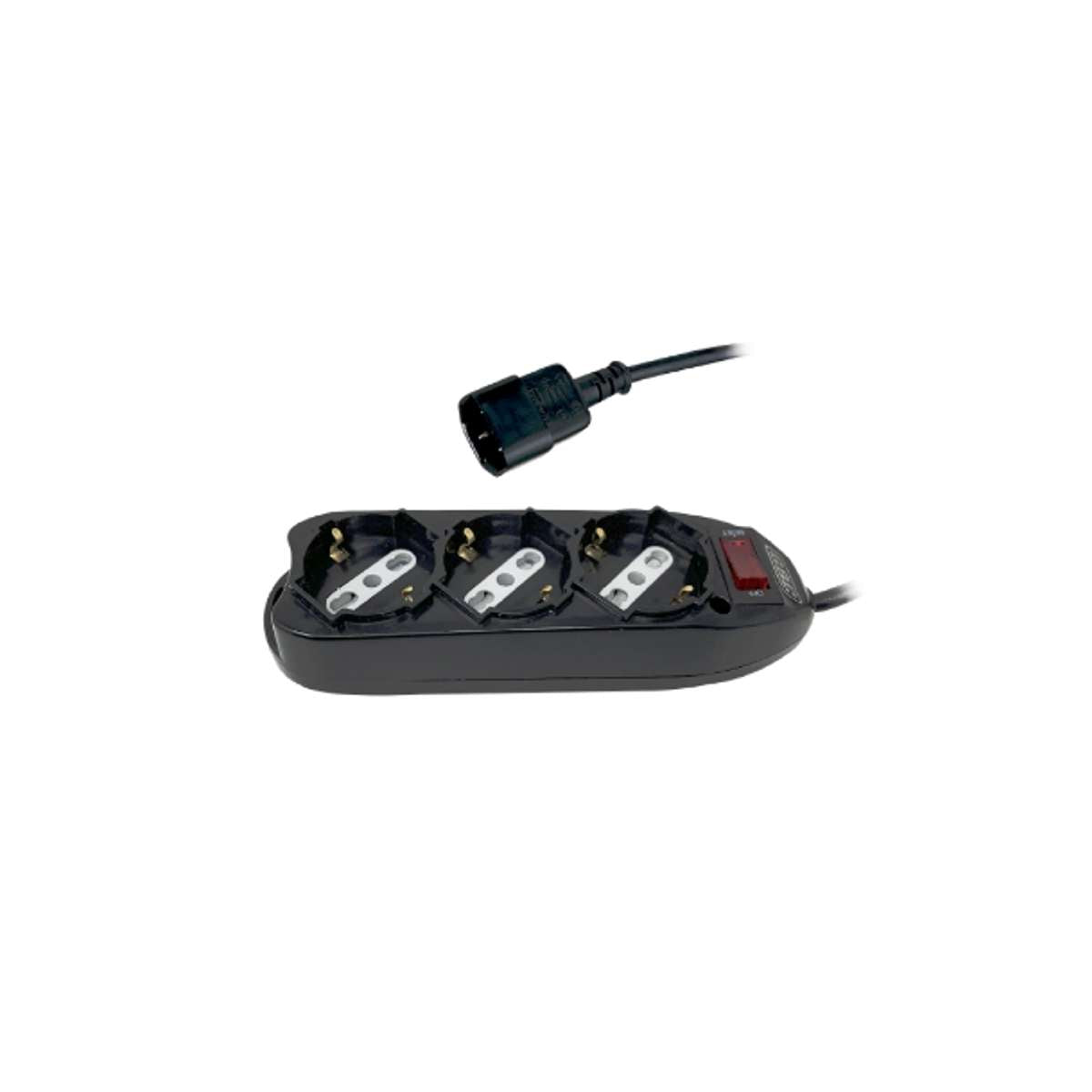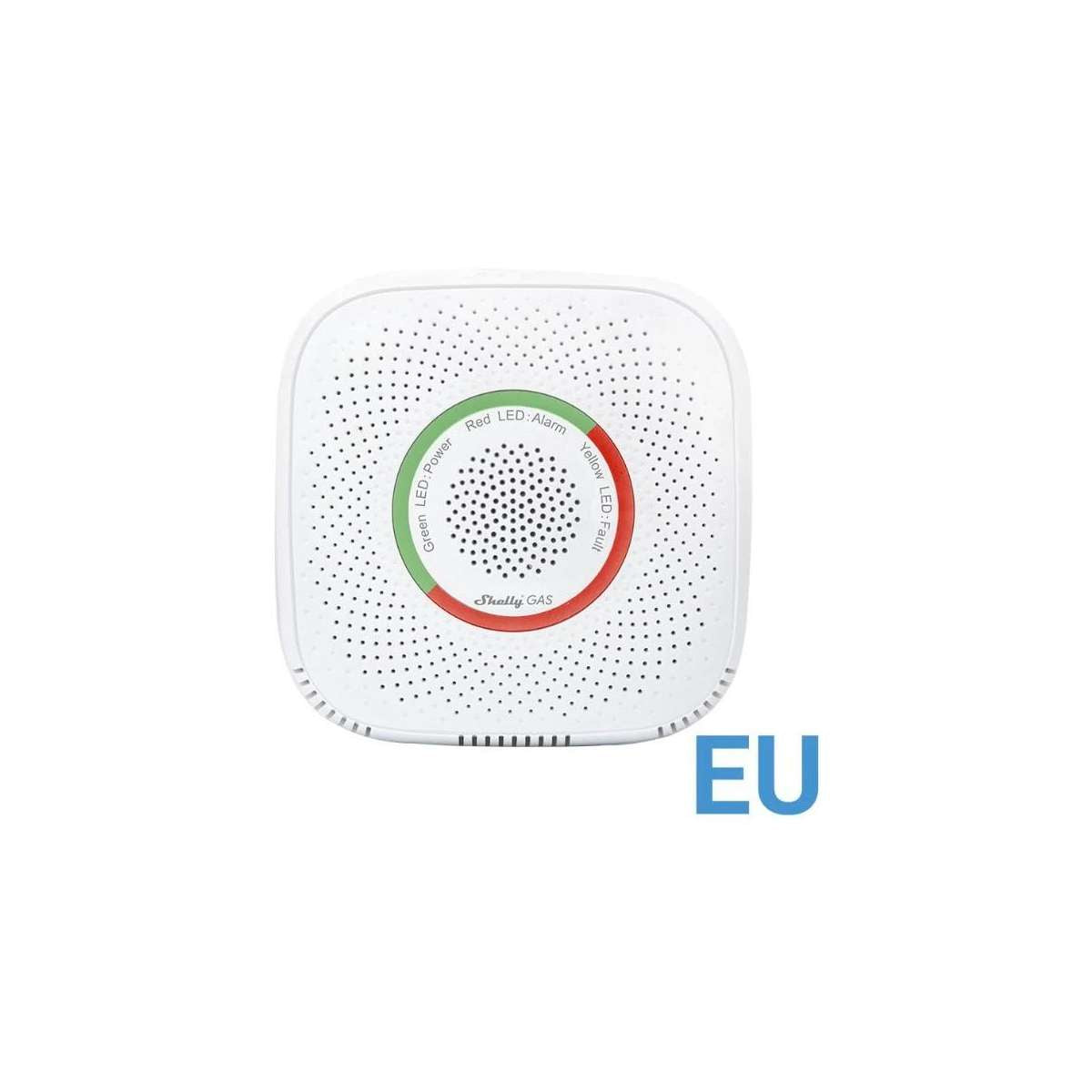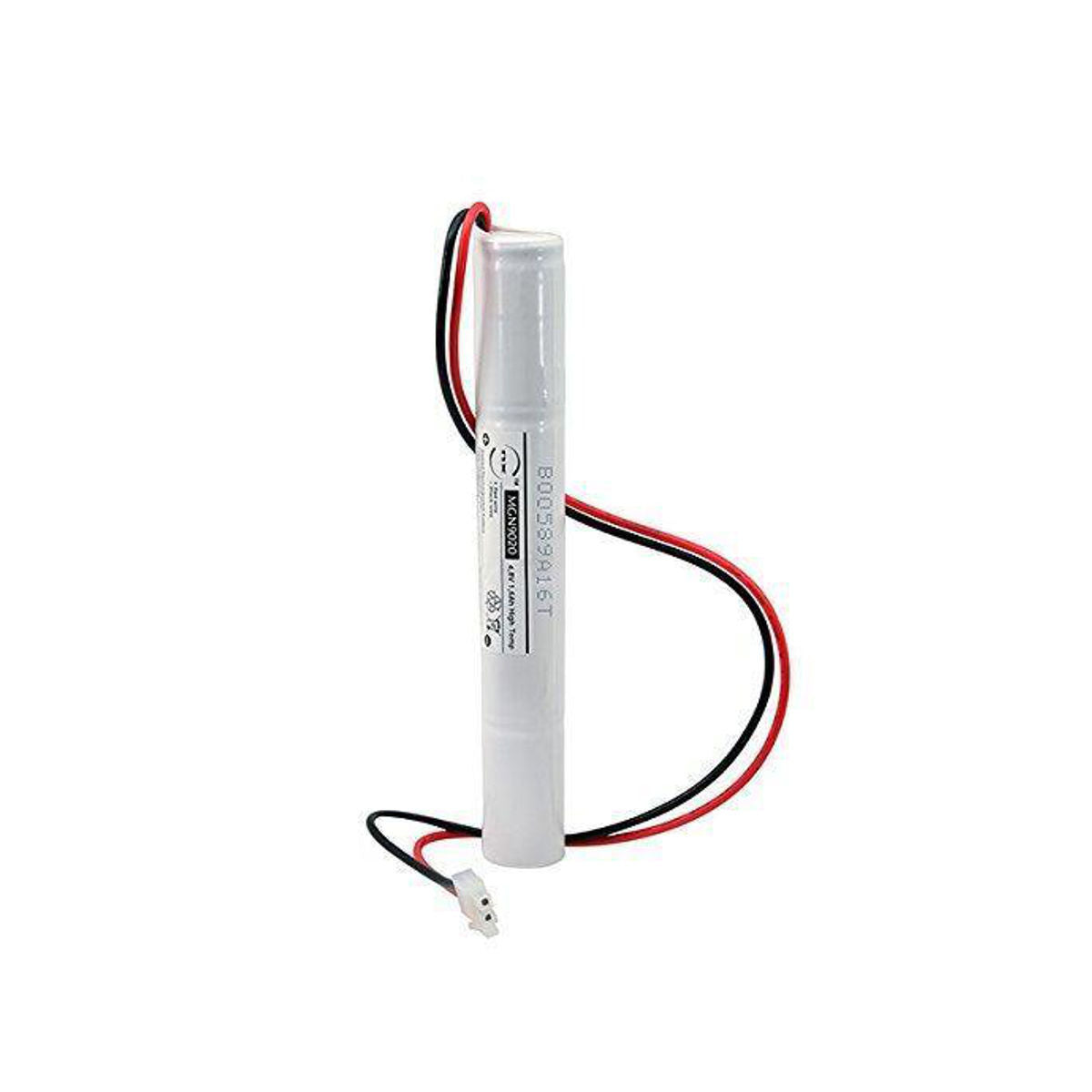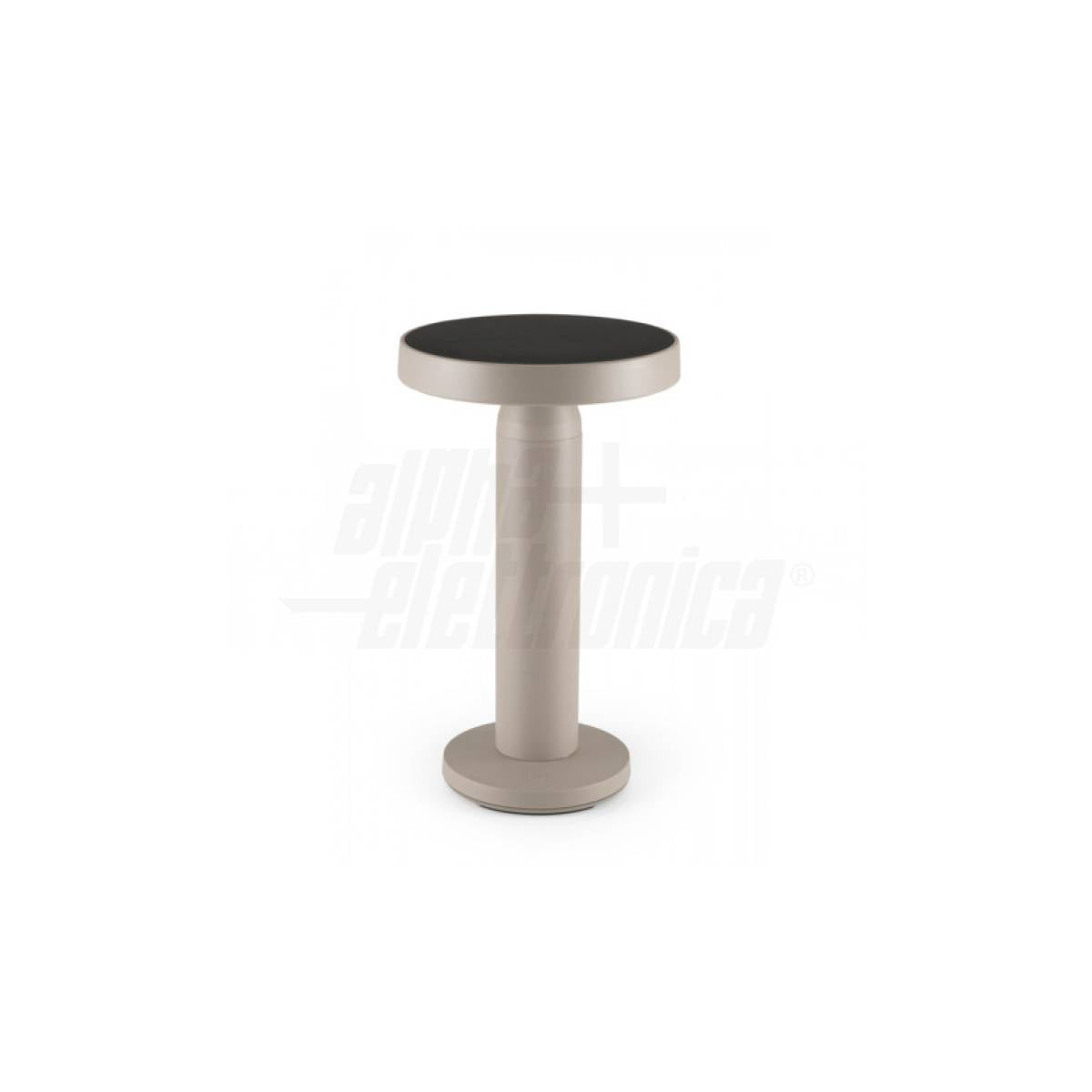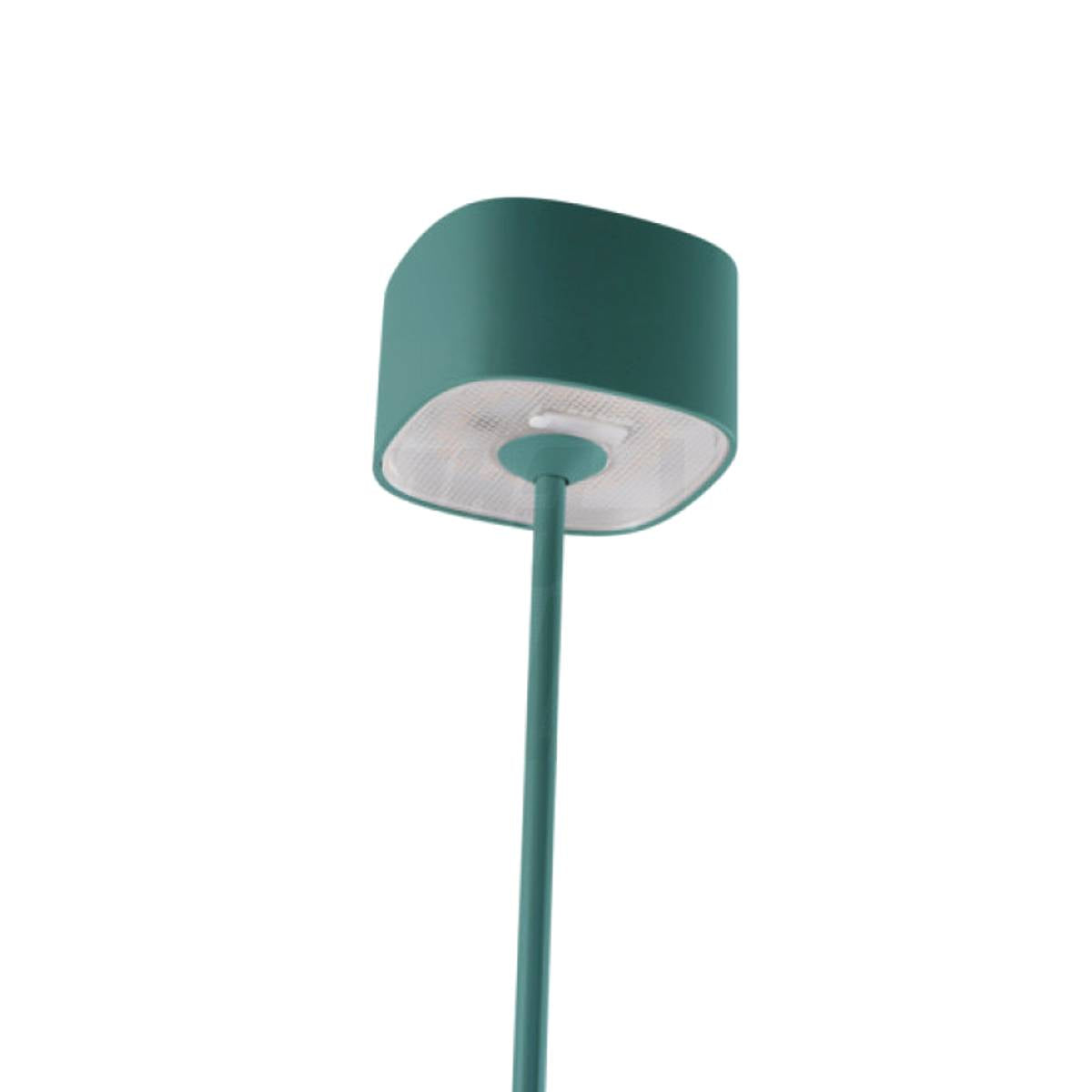In the ever-evolving world of renewable energy, solar panels play a vital role in providing clean, sustainable energy. However, to fully exploit the energy produced by solar panels and ensure effective charging of the batteries, it is necessary to use appropriate regulating devices. One of these devices is the " PWM 20A 12V/24V Solar Panel Charge Controller with Display and USB ", available in our online store.
What is a PWM solar charge controller?
A PWM (Pulse Width Modulation) solar charge controller is an electronic device designed to control the flow of energy between solar panels and storage batteries. Its main function is to monitor the voltage of the batteries and regulate the amount of energy coming from the solar panels to avoid overcharging and deep discharge. This regulation process optimizes the life of the batteries and preserves their integrity.
How does it work?
The operation of a PWM solar charge controller is relatively simple but effective. Here is an overview of the key steps:
- Voltage monitoring : The regulator constantly detects the voltage of the batteries connected to the system. This is essential because the voltage of the batteries indicates their state of charge.
- Comparison and control : Based on the detected voltage, the regulator compares the current voltage of the batteries with the desired reference voltage. If the battery voltage exceeds the pre-established threshold, the regulator begins to regulate the amount of energy coming from the solar panels.
- Pulse modulation : This is where PWM technology comes into play. The regulator modulates the width of the current pulses coming from the solar panels based on the difference between the current voltage of the batteries and the reference voltage. If the battery voltage is close to the reference voltage, the pulses will be shorter, thus limiting the flow of energy. Conversely, if the batteries are discharged, the pulses will be longer to allow for greater energy flow.
- Battery Preservation : This regulation process prevents batteries from reaching dangerously high voltages during overcharging or too low voltages during overdischarge. This helps to extend the life of the batteries and improve their efficiency.
The PWM 20A 12V/24V solar charge controller with display and USB port offers further advantages and functionality:
- Display : The integrated display provides clear and detailed information on the system status, including battery voltage, charging current, charging status and other relevant information. This allows the user to easily monitor system performance.
- USB Port : The built-in USB port can be used for direct charging of devices such as mobile phones, tablets and other electronic devices. This added feature offers convenience and versatility, allowing you to use solar energy to power small devices.
To conclude, a PWM 20A 12V/24V solar charge controller with display and USB is an essential component of a photovoltaic solar system. By integrating technology and convenience, these charge controllers contribute significantly to the overall efficiency and lifespan of solar systems.

